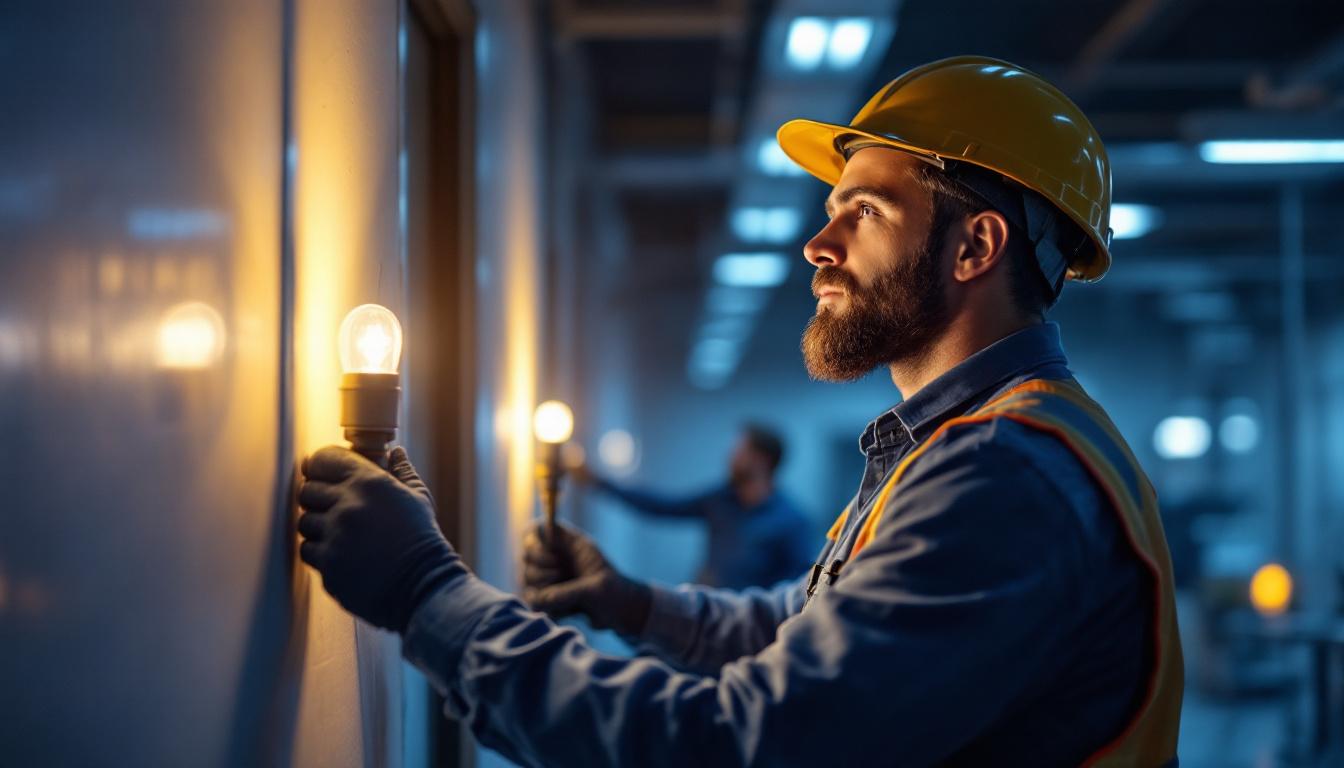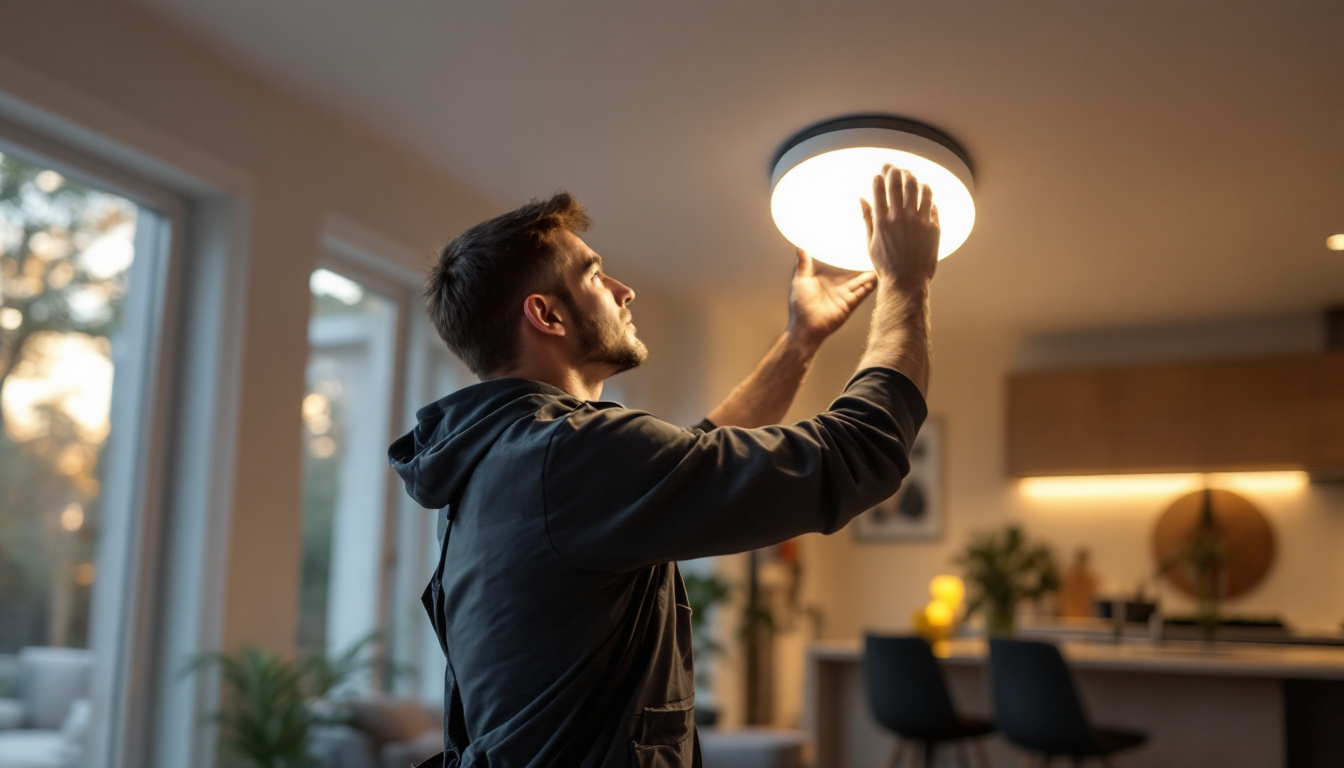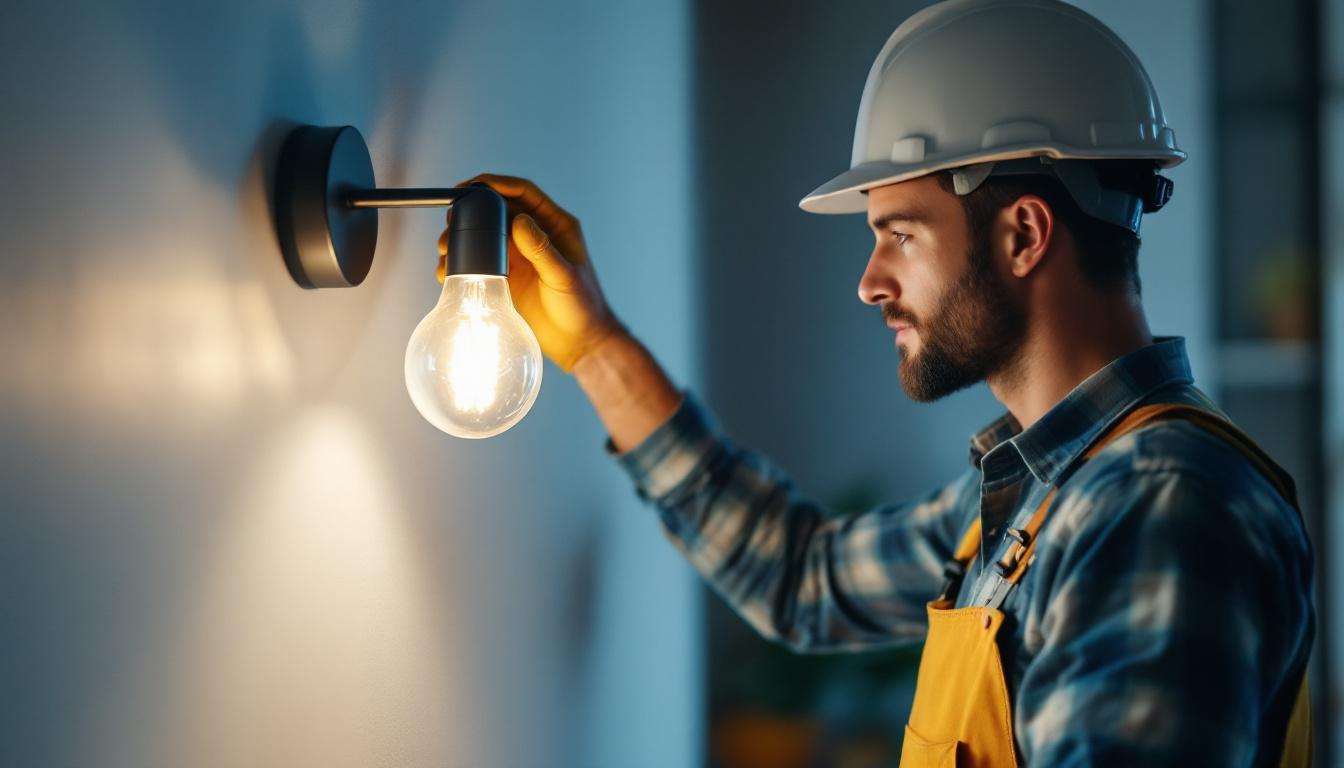
In the ever-evolving world of lighting technology, bullet LED lights have emerged as a popular choice for both residential and commercial applications. Their compact design, energy efficiency, and versatility make them a favorite among lighting contractors. However, as with any technology, there are challenges that can arise during installation and maintenance. This article explores how lighting contractors can avoid common issues associated with bullet LED lights, ensuring a successful project from start to finish.
Bullet LED lights are characterized by their cylindrical shape and focused beam of light. They are often used in track lighting, recessed fixtures, and outdoor applications. Their design allows for precise illumination, making them ideal for highlighting artwork, architectural features, or outdoor landscapes. The compact size of bullet LED lights also makes them versatile, allowing for easy integration into various lighting designs without overwhelming the space.
These lights typically come in various wattages and color temperatures, providing flexibility for different lighting needs. From warm whites that create a cozy atmosphere to cooler tones that enhance productivity, bullet LED lights cater to a wide range of preferences. Their energy efficiency is a significant advantage, as they consume less power than traditional incandescent or halogen bulbs while offering a longer lifespan. Moreover, many models are dimmable, allowing users to adjust the brightness to suit different occasions or moods, further enhancing their adaptability.
One of the primary benefits of bullet LED lights is their energy efficiency. By converting a higher percentage of energy into light rather than heat, they significantly reduce electricity costs. This efficiency is particularly appealing for commercial projects where lighting can account for a substantial portion of energy consumption. In addition, many bullet LED lights are designed with advanced thermal management systems that help maintain optimal performance, ensuring that the lights remain cool to the touch even after extended use.
Additionally, bullet LED lights are durable and resistant to shock and vibration, making them suitable for both indoor and outdoor environments. Their long lifespan means less frequent replacements, which can lead to lower maintenance costs over time. Furthermore, the solid-state technology used in LED lighting means they are less prone to breakage compared to traditional bulbs, making them a safer option in high-traffic areas. With the added benefit of being environmentally friendly—thanks to their low energy consumption and the absence of harmful substances like mercury—bullet LED lights are a smart choice for eco-conscious consumers looking to reduce their carbon footprint while enjoying high-quality illumination.
While bullet LED lights offer numerous advantages, they can also present installation challenges. One common issue is ensuring proper alignment and positioning. Due to their focused beam, even a slight misalignment can result in uneven lighting or unwanted shadows.
To avoid this, contractors should take the time to plan the layout carefully. Utilizing laser levels and templates can help ensure that each fixture is installed at the correct angle and distance from the target area. Additionally, conducting a mock-up installation can provide valuable insights before the final installation. This practice not only allows for adjustments in real-time but also helps in visualizing the final outcome, ensuring that the lighting meets the aesthetic and functional requirements of the space.
Furthermore, contractors should consider the height and angle of the installation, as these factors can significantly influence the effectiveness of the lighting. For instance, lights installed too high may not provide adequate illumination for tasks, while those positioned too low can create glare or discomfort. Engaging with the client to understand their specific needs and preferences can also play a crucial role in achieving a successful installation.
Another challenge that contractors may encounter is compatibility with existing lighting systems. Bullet LED lights may not always be compatible with older dimming systems or transformers, which can lead to flickering or complete failure of the lights.
To mitigate this issue, it is essential to verify the compatibility of bullet LED lights with existing systems before installation. This may involve consulting product specifications and, if necessary, upgrading dimmers or transformers to ensure seamless integration. Additionally, contractors should be aware that some older systems may require a complete overhaul to accommodate modern LED technology, which can add to project timelines and costs.
Moreover, it is beneficial for contractors to stay informed about the latest advancements in lighting technology, as this knowledge can help them recommend appropriate solutions to clients. For example, some newer dimming systems are designed specifically for LED compatibility, offering smoother transitions and better performance. By being proactive in understanding the nuances of these systems, contractors can enhance their service offerings and ensure client satisfaction, ultimately leading to repeat business and referrals.
Not all bullet LED lights are created equal. The quality of the product can significantly impact performance, longevity, and overall satisfaction. Low-quality lights may suffer from issues such as color inconsistency, flickering, or premature failure.
Contractors should prioritize sourcing products from reputable manufacturers known for their quality and reliability. Reviewing product certifications, such as Energy Star or UL listings, can provide assurance of a product’s performance and safety standards.
When selecting bullet LED lights, it is crucial to understand the specifications that impact performance. Key factors include lumen output, color temperature, and beam angle. Lumen output determines the brightness of the light, while color temperature affects the ambiance of the space.
Beam angle is particularly important for bullet lights, as it influences how focused or diffused the light will be. A narrow beam angle is ideal for accent lighting, while a wider beam angle is better for general illumination. Understanding these specifications will help contractors make informed decisions that meet the needs of their clients.
Effective planning is critical to a successful installation of bullet LED lights. Contractors should begin by assessing the space and determining the lighting requirements. This involves considering the purpose of the lighting, the desired ambiance, and any architectural features that need to be highlighted.
Creating a lighting plan that outlines the placement of each fixture can help avoid common pitfalls. This plan should include measurements, angles, and distances to ensure optimal performance. Additionally, consulting with clients during this phase can help align expectations and preferences.
Wiring is a crucial aspect of any lighting installation. Improper wiring can lead to issues such as flickering, dimming, or even electrical hazards. Contractors should ensure that they are familiar with local electrical codes and standards when wiring bullet LED lights.
Using the appropriate gauge wire and ensuring secure connections can minimize the risk of electrical issues. It is also advisable to use wire connectors and junction boxes that are rated for LED applications, as these can enhance safety and reliability.
To ensure the longevity and performance of bullet LED lights, regular maintenance is essential. This includes cleaning the fixtures to remove dust and debris that can obstruct light output. Contractors should also check for loose connections and signs of wear or damage.
Establishing a maintenance schedule can help clients stay proactive in caring for their lighting systems. Providing clients with guidance on how to maintain their bullet LED lights can also enhance customer satisfaction and build trust in the contractor’s expertise.
Despite best efforts, issues may still arise with bullet LED lights. Common problems include flickering, dimming, or complete failure of the lights. Troubleshooting these issues often involves checking connections, replacing faulty components, or verifying compatibility with dimming systems.
Contractors should be prepared to educate clients on basic troubleshooting steps, such as checking circuit breakers or replacing bulbs. This knowledge can empower clients and reduce the need for service calls for minor issues.
The lighting industry is continually evolving, with new technologies and trends emerging regularly. Staying informed about these developments can give contractors a competitive edge. Innovations such as smart lighting systems, tunable white LEDs, and improved energy efficiency standards are transforming how lighting is designed and installed.
Contractors should consider attending industry trade shows, workshops, and webinars to learn about the latest advancements in LED technology. Networking with other professionals can also provide valuable insights and best practices that can be applied to their projects.
Regulatory changes can impact the types of products that can be used in lighting installations. Contractors must stay updated on local, state, and federal regulations regarding energy efficiency and safety standards. This knowledge is crucial for ensuring compliance and avoiding potential legal issues.
Regularly reviewing industry publications and joining professional organizations can help contractors stay informed about regulatory changes that may affect their work. This proactive approach can also enhance their reputation as knowledgeable and reliable professionals.
Bullet LED lights offer numerous advantages for lighting contractors, but they also present unique challenges. By understanding the technology, selecting quality products, adhering to best practices during installation, and maintaining a proactive approach to maintenance and troubleshooting, contractors can avoid common issues and ensure successful lighting projects.
Staying informed about industry trends and regulatory changes further enhances a contractor’s ability to deliver exceptional service and results. With the right knowledge and preparation, lighting contractors can harness the potential of bullet LED lights to create stunning, efficient, and reliable lighting solutions for their clients.
Ready to elevate your lighting projects with the best bullet LED lights on the market? Look no further than LumenWholesale, where we provide contractors with top-quality, spec-grade lighting products at unbeatable wholesale prices. Say goodbye to local distributor markups and hello to our extensive selection that meets the highest industry standards. With free shipping on bulk orders, you can trust that you’re getting premium lighting at the best value — all without hidden fees or compromises. Don’t miss out on the perfect blend of quality, affordability, and convenience. Visit LumenWholesale now and experience Wholesale Lighting at the Best Value for your next project.

Discover the ultimate guide to LED light colors with expert insights from top lighting contractors.

Discover the essential insights lighting contractors need to meet client expectations regarding LED electronic drivers.

Discover innovative hacks for smart lighting contractors to elevate their projects with wafer recessed lights.

Discover the top wall light bulb mistakes lighting contractors make and learn expert tips to avoid costly errors.